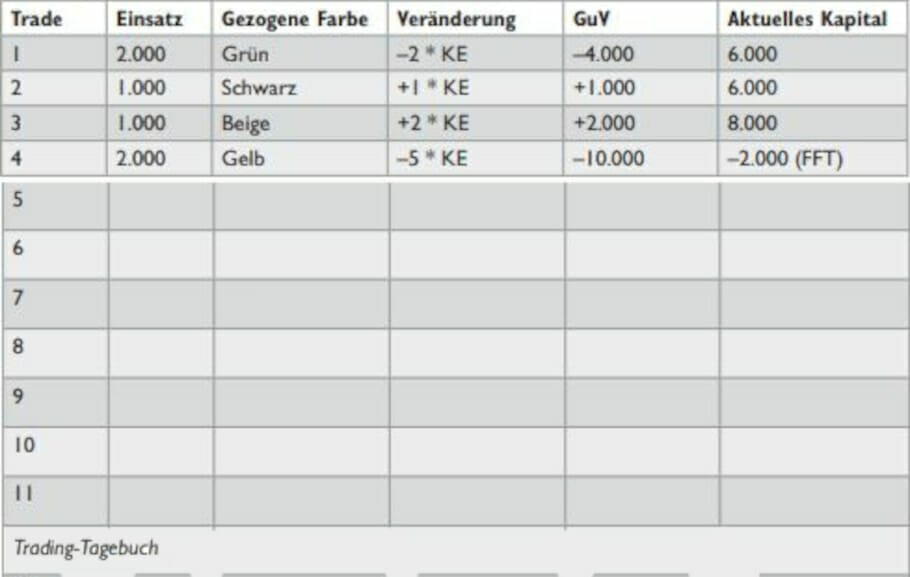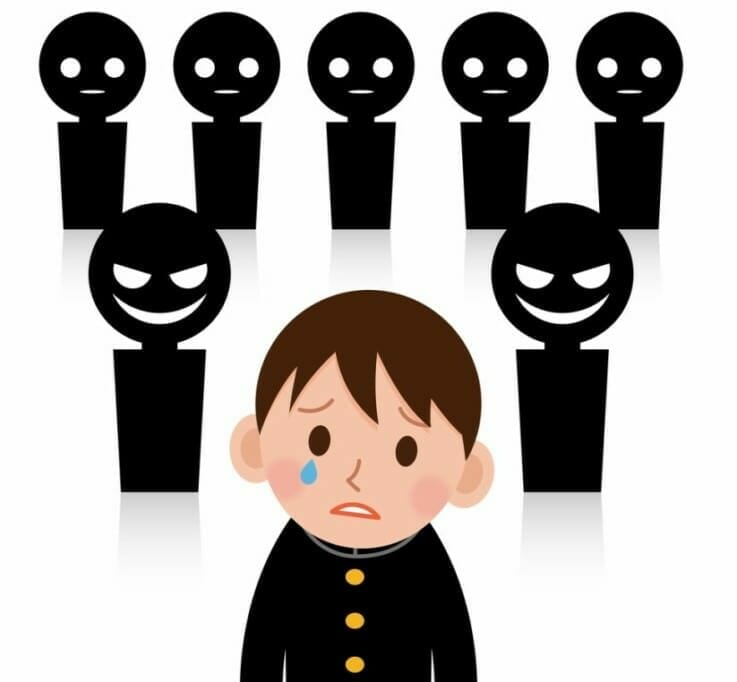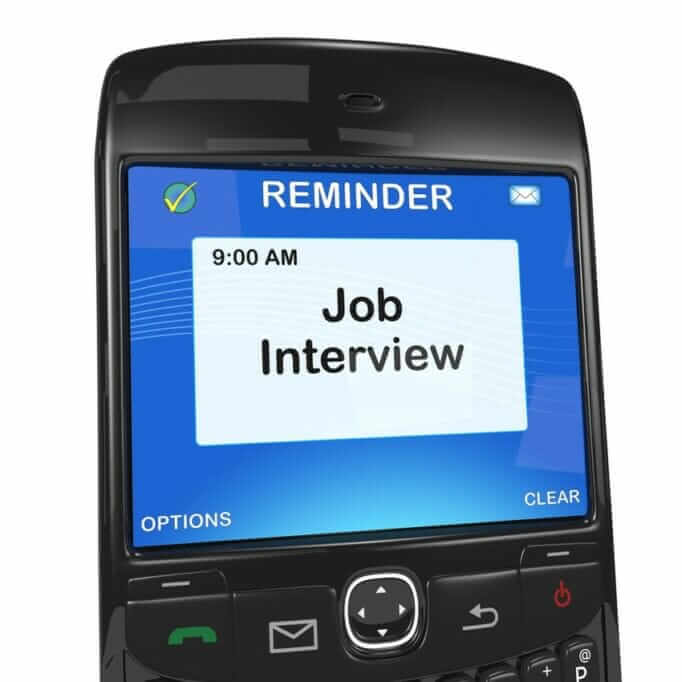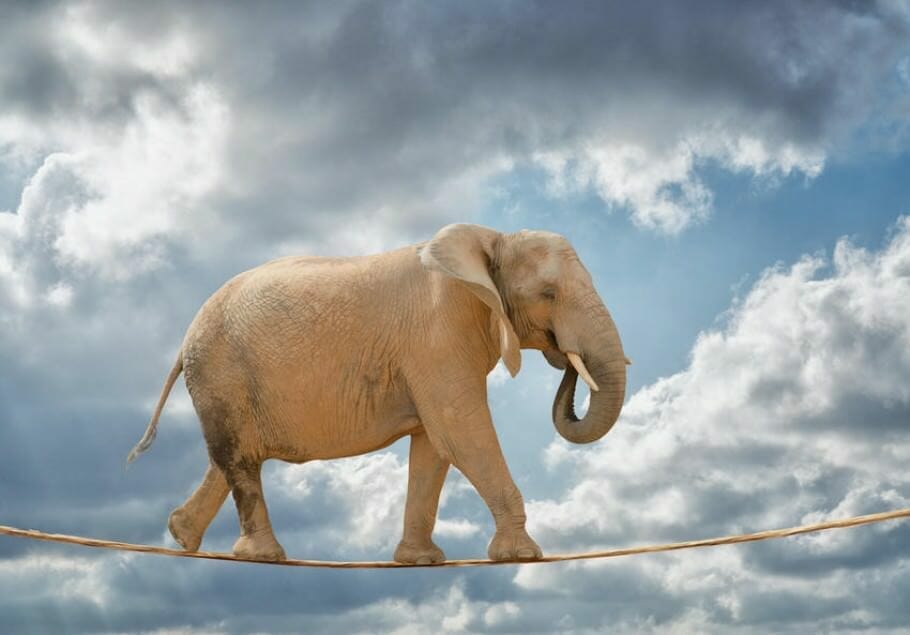Your shopping cart is currently empty!
For their successful, good life Information you really need: Government-funded publisher, awarded the Global Business Award as Publisher of the Year: Books, Magazine, eCourses, data-driven AI-Services. Print and online publications as well as the latest technology go hand in hand - with over 20 years of experience, partners like this Federal Ministry of Education, customers like Samsung, DELL, Telekom or universities. behind it Simone Janson, German Top 10 blogger, referenced in ARD, FAZ, ZEIT, WELT, Wikipedia.
Disclosure & copyrights: Image rights by Stefan Sillmann & John O'Donnell. Text originally from: “Trader competencies: recognizing behavior, avoiding mistakes, improving trading” (2016), published by Münchener Verlagsgruppe (MVG), reprinted with the kind permission of the publisher.
Stocks Stock Exchange & Finance: Trader Competencies for Would-be Investors
By Stefan Sillmann & John O'Donnell (More) • Last updated on October 01.03.2024, XNUMX • First published on 30.12.2020/XNUMX/XNUMX • So far 4974 readers, 2477 social media shares Likes & Reviews (5 / 5) • Read & write comments
who in the stock market successfully wants to be, should TraderCompetencies have. But what is the best way to acquire them?

- This is how financial coaching works
- Gamer or Trader?
- How to acquire trading skills
- Checklist for wannabe traders: Understand your own behavior
- How to continuously improve your strategy
- The trading colors game
- Lose more money than you have?
- Top books on the subject
- Read text as PDF
- Advice on success, goal achievement or marketing
- Book eCourse on Demand
- Skate eBook as desired
This is how financial coaching works
For a few years we have been training and coaching people who work on the stock market Money to earn want. These traders all have something in common. You want fast and just make money. And it is precisely with this attitude that they come to us. You can imagine how disappointing it is when they get that tooth pulled right at the start. It's also quick and easy, but only if you're very lucky and already have a lot of money. Those who bet on luck verlieren when trading their money relatively quickly and/or have decided to play the lottery. We have packed all our accumulated experience into these trainings and coachings.
We thought of a lot of things that at first glance seem "completely normal", such as checking my "back-up system" in preparation for a morning trading day. They say it goes without saying! It is not. And since we speak from our own experience, we have at least tried to think of everything. Even if you sometimes only see the second glance Sinn a certain point on ours Checklists recognizes… All points, strategies and ideas ultimately only have the purpose of avoiding mistakes. Because if there is one thing we have learned as traders, coaches and trainers, it is this: one mistake means loss. Very easily. By the way, not only in trading. I recently met a professional poker player who Training and entertain coaches. We have our own experience on the subject Risks-Management exchanged. What are the similarities between poker and trading.
Gamer or Trader?
The books on the subject (advertising)
Lo and behold, we're not that far apart. Both activities are referred to from the outside as »gambling«. But in reality, and from a professional point of view, both activities have absolutely nothing to do with gambling. In both cases it means: I cannot influence the market (or the cards) and certainly not manage it, only myself. In both cases there is something that "irritates" the participants. It's about winning! And as mentioned above, too many rely solely on luck to do so. Or better yet, they blame their failure on lack of luck. In addition, both are supposedly light is to be understood. Trading means »buy cheap – expensive merchandise«. Everything clear, is understood. The Implementation is unfortunately not that easy, otherwise everyone could do it. In fact, at any given moment, as a trader, you have a 50/50 chance of making money with your decision to be right. In the markets you only have two movements, stronger or weaker. That's why the temptation to always start right away is so great. A professional poker player also uses probabilities, but assesses his "market" through observation and analysis before he acts.
If the trader were to act in the same way, he would first have to do his personal Behavior analyze, then his market, to then list his options so that he can finally make a decision. We have learned that a large part of the losses that traders inflict in the market are not due to lack of luck, but rather to inappropriate personal behavior. The essence of these thoughts and experiences is that, both in poker and in trading, only those who minimize their own mistakes on the one hand and carry out more good and thus profitable actions on the other hand win. How does it work and how do you get there? It's actually quite simple: You analyze your own behavior in certain situations. How did I behave? What was I thinking? what did i feel Where does this feeling come from? This analysis should lead to a self-diagnosis that gives you clarity about certain thought patterns and the associated emotional life. And of course about the consequences of this for your trading. Motto: Danger recognized - danger averted! This is not witchcraft, nor have we created anything new. Every professional regularly reviews their own behavior with the goal: to improve.
How to acquire trading skills
No matter where you look Business, sports, medicine, aviation, fire brigade, civil protection. Professionals all have one thing in common: They constantly check and optimize their own behavior and train their skills every day to get better. And the same is true for trading. The traders who have been in the market for a long time are always looking for ways to improve. Here is just a small example from forex trading. Electronic trading systems were introduced a good 25 years ago. Until then, you could rely on your hearing and your intuition. Because that Shop ran over the phone and through speakerphones with brokers from all over Welt. We heard from the noise level when something was moving in the market. We felt the tension in the silence just before the release of important jobs data. And then the market exploded. Everyone was screaming, no one really knew where the market was, and real market makers were setting prices at which they were buying and selling simultaneously to inject liquidity into the market. Then the machines came and we heard less and less. We looked at the screen and watched the numbers move. An important factor, namely hearing and the feelings associated with it, were simply switched off.
What have we done? The chart technique, which until then had been treated in a rather neglected manner and was viewed with a smile by many, came more into focus. Using certain parameters, we tried again and again to read the market. AND we had to learn to ignore or control all the feelings that used to be an important factor and indicator. We took positions "from the gut" and learned to use them with the Head to manage. We want to clarify and explain this process. We want to create a work that should make it easier to get started with professional action. And we also want to offer seasoned professionals the opportunity to ask themselves whether they can still improve their behavior. Because at the highest level, in the end, the one who makes the fewest mistakes »wins«... One more thing: We will write here in the usual first-person form and also use the masculine version. We are, of course, addressing both sexes. We also use a relatively simple and understandable style of language, as is usual with traders. So please don't expect any highly scientific formulations, but rather an open and clear form of the Communication. When it says "WE" I always mean us,
Checklist for wannabe traders: Understand your own behavior
Discounts for your success (advertising)!
Are you or would you like to be or become a trader? Then you should first learn to assess yourself correctly.
- You are a beginner, professionally or institutionally active, private, gamer
- You are active in all asset classes: currencies, interest rates, commodities, securities, bonds, stocks, derivatives, options, certificates, etc.
- You are a short- and medium-term investor who would like to get an overview of your personal investment behavior
- You are an investor who occasionally wants to take advantage of market characteristics with short-term positions
- You are an investor who wants to follow another »guru« (social trading) and first checks what exactly this guru is doing and how he is doing it
- You are an investor who wants to compare the "gurus" with one another.
- You are an investor who wants to or has to monitor the activities and behavior of your "investments" and, if necessary, intervene.
- You are a controller who wants a general understanding of markets and wants to learn more about traders' behavior and their trading decisions
- You are a trader who oversees the individual risk and money management of traders.
- You are someone interested in psychology in financial markets (behavioral finance)
- You are someone who wants to understand the consequences of this for personal trading behavior
- You are someone looking for solutions to optimize this trading behavior
We want to give impulses and make you think about how you can develop your individual tradingStyle can optimize and what you should pay attention to. Any tradingStrategy, no matter how good it may be, at some point – for whatever reason – can no longer be used or implemented. Markets change, conditions change, you change. Here we want you, as a trader, to retain your mental flexibility and, ideally, not to fall into the "I've always done it this way" mode.
How to continuously improve your strategy
It's not about throwing your strategies overboard after every failed trade. We want you to thoroughly review your trades and / or your strategy based on predefined criteria and only then optimize them if necessary. Henry Ford once said: "Whoever does what he can already do, always remains what he already is!" A little transformed and interpreted in our business, this means: "Whoever does the same shouldn't be surprised if he always gets the same results. "
The financial markets ensure every day that this wisdom is special Significance receives. Even if it is always the wish of traders, investors and investors to at least "understand" the markets, there is always a plausible explanation for a certain movement only afterwards, during analysis. One of my first bosses once brought the astute joke: "You're always smarter afterwards!" At the end of the day, however, despite all the good wishes, it remains the same: "You are only as good as your last trade." This is especially true on the financial markets Wisdom, because there is probably no other market where so much money can be made or lost so quickly with changes.
The trading colors game
Let's start with a small one exercise – she is also the title picture, by the way. It should help playfully to learn more about you. Or you can ask those around you who have already played a “game” with you. Playing shows very often the real one Character Personality. Especially when you're about to lose. That's why we want to start with this little "self-experiment" right at the beginning. We were then as Boy Traders are carefully introduced to the topic of trading with this game. Our bosses wanted to know which ones Set we follow and how we implement strategy and tactics in a playful atmosphere. The conclusions that were then drawn behind closed doors gave indications of possible areas of application on a trading floor. However, we didn't know that at first. We should just "play".
And this is how the game works
Imagine owning one Capital 10.000 euros, that's your »play money«. She decide, how much you bet per spin. Whether it's 100 or 10.000 doesn't matter at first. Please don't think too much here, be spontaneous, because it's just a game.
Our playground is the market, and this is represented here by colored pawns or cards. We used the classic little figures of Ludo back then. Each figure represents a negative or positive multiplier corresponding to a specific market move. We play with five colors and there are thirteen figures in total. The distribution of the colors and the number of figures per color are listed in the table below. In the third column you can also see the respective positive or negative change of capital investment (KE) per color.
Example
Capital investment: EUR 1.000 Alternatives 1: A piece of the color "Beige" is drawn, which corresponds to a change of +2 times the capital investment (CU). Your total new capital amounts to 12.000 euros. Alternative 2: A figure of the color "green" is drawn, which corresponds to a change of -2 times the capital investment (CU). Your total new capital amounts to 8.000 euros.
The sample table is almost self-explanatory, but we want to make sure that the "principles" of our game are really clear. In the first round you wagered an amount of 2.000 euros. Green is drawn, which corresponds to a change of –2 times the capital employed (KE), i.e. a loss of 4.000 euros. Your new capital amount (total) is only 6.000 euros. Now be a little more careful and bet only 1.000 euros in the next round. Black is drawn. +1 times the stake of 1.000 euros corresponds to a change of 0. Your capital is retained. In the next round you bet 1.000 euros again, beige is drawn. +2 times the capital employed corresponds to a profit of 2.000 euros. Your new total capital is now 8.000 euros. Having become brave, you bet 2.000 euros again for the next »trade«. The color yellow corresponds to a loss of -5 times your capital employed (KE), i.e. 10.000 euros. Since you only had 8.000 euros in capital, your broker (bank) now demands an additional payment of 2.000 euros. Ergo, you are ready for today's trading day (FFT = finished for today).
Anyone who now thinks that one cannot lose more than their total capital is only partially true. Today, many brokers offer theirs customers to act with a so-called leverage, which means x times their share capital on the markets. In our technical jargon, we refer to this as »leverage«. Very often you will find this when trading forex. It allows you to trade larger and "more attractive" amounts. Mostly a fallacy and really only something for real professionals with at least ten years of trading experience.
Start the game
Let's start with the Trading Colors Game. Now you should take a position. Bet an amount (between 1 and 10.000) based on your "market expectation". Which color do you think will be drawn first? After you have wagered your amount, one color is drawn blindly and at random (at the end of each chapter and between checklists). In our game we assume that there are no good predictions about the course of the market, only probabilities of which color could be drawn. From our point of view, this even comes closest to the real market! Now keep your trading diary independently and responsibly during the »game«. Professionals also refer to this as a dealer relay. Aim, you should keep your position at all times Eye can keep. Multiply your bet by the amount of the color drawn and now enter the "data" in your trading journal. Once the line is complete, bet the next amount.
After all trades are done, how do you end up at the end of the day? Were your "paper trades" successful? Or were you "finished for today" after the sixth move? What can you learn from it? Certainly you cannot rule the market. Nobody can turn a few pages to see what the market will be like in two days or two hours or sometimes two minutes. You can only control yourself! Your actions and your thinking. Based on your behavior in this game, one can draw pretty good conclusions about how you would behave in an emergency and with real money. It sheds light on your personality. It shows how you deal with the subject of »risk« and »money«. How you act when you're on the winning side and how you react when things don't go well.
What does the game say about you?
If you are now thinking: "Well, it was just a game, in reality it all looks very different...", our experience from many coaching and training sessions shows that this is not the case. In most cases there is more truth behind the gaming behavior than the player would like to admit to himself. However, it is all the greater to realize how strongly your personality traits influence your decision making act.
There are different personalities and their individual characteristics that influence trading behavior. It is our goal that you know where your personal pitfalls can lie from the very beginning. If you already know them, you will at least be able to rule out trading losses for these reasons. As I said, you cannot influence the market, only yourself. We know how annoying it is when you know exactly what mistake you made after a loss. It is even worse not to have learned anything from this mistake and to make it a second time. With the help of your diary, you will (hopefully) make each mistake only once!
Lose more money than you have?
The question arises whether you can lose more in just one trade than you have in your trading account balance... I have a very good example of this from January 2015: The Customer of a forex broker has deposited 30.000 euros as trading capital into a trading account. According to the agreement with the broker, he can enter FX positions with a leverage of 100. He could actually take a position worth 3.000.000 euros. Let's assume he hasn't bet everything, but has bought against Swiss francs (CHF) at a rate of 10.000 with trading capital of 100 euros and leverage of 1,2100 euros. This means that he bought a nominal amount of EUR 1.000.000 (100 * 10.000) and sold CHF 1.210.000 through leverage. His goal: a short-term increase in the EUR/CHF exchange rate and thus a nice price gain.
In order to minimize a possible loss, the client has placed an order with his broker to close the position at a rate of 1,1990 (stop/loss) if the EUR/CHF rate trades at 1,1990 or lower. He thus minimizes his loss risk to CHF 11.000 (1.000.000 * a loss of CHF 0,0110 pips), which roughly corresponds to a loss of around EUR 9.200. The customer takes his profit at a rate of 1,2350, which corresponds to a profit of CHF 25.000. But something extraordinary happened on the market in January 2015, and the exchange rate of the euro against the Swiss franc collapsed inexorably. In this case, the SNB had decided not to support the EUR/CHF rate at 1,2000 in the future. But since she had been doing this for many years and therefore (almost) everyone expected that this would also happen in Future is the case, it literally caught the market on the wrong foot. Every market participant who had a long position in EUR/CHF now tried to close out this position. Suddenly there was only Seller and no one willing to act as a buyer. Since nobody knew how low the EUR/CHF exchange rate could ultimately fall, it initially plummeted into the abyss.
The broker mentioned above was of course unable to close out his client's position at the desired rate (1,1990). The next really tradable price was only near the daily low, at 0,8750. Here the broker found a buyer and finally closed the position. The 1.000.000 euros invested were now only worth CHF 875.000, which corresponds to a loss of CHF 335.000. At the current new price level, these CHF 335.000 correspond to a value of just over 382.000 euros (loss). The broker informed his client of this trading loss and asked for the account to be balanced. Since the customer had "only" deposited 30.000 euros into his trading account, the broker now asked for an "additional payment" of a little over 300.000 euros in order to balance the account again ... Annoying or hara-kiri? Now just imagine if this customer had traded with the whole 30.000 euros and a leverage of 100. There were rumors of such trades in the market and some brokers who got into serious trouble because their customers could not afford these horrific additional payments.
Top books on the subject
Read text as PDF
Acquire this text as a PDF (only for own use without passing it on according to Terms and conditions): Please send us one after purchase eMail with the desired title supportberufebilder.de, we will then send the PDF to you immediately. You can also purchase text series.
4,99€Buy
Advice on success, goal achievement or marketing
You have Ask about career, Recruiting, personal development or increasing reach? Our AIAdviser helps you for 5 euros a month – free for book buyers. We offer special ones for other topics IT services
5,00€ / per month Book
Book eCourse on Demand
Up to 30 lessons with 4 learning tasks each + final lesson as a PDF download. Please send us one after purchase eMail with the desired title supportberufebilder.de. Alternatively, we would be happy to put your course together for you or offer you a personal, regular one eMail-Course - all further information!
29,99€Buy
Skate eBook as desired
If our store does not offer you your desired topic: We will be happy to put together a book according to your wishes and deliver it in a format of yours Choice. Please sign us after purchase supportberufebilder.de
79,99€Buy
Here writes for you
Stefan Sillmann & John O'Donnell are traders and investment bankers. As an investment banker, Stefan Sillmann earned his living as an investment banker for almost 25 years trading and selling derivative products for interest rate and currency management in the most important trading centers in the world such as Frankfurt, London and also New York. His customers included international corporations, central banks from across Europe, regional savings banks and private investors. He and his team have been among the best in their industry for years, determined and awarded by the renowned Euromoney Magazine. For 10 years now, he has been accompanying executives and their employees from all industries in their daily challenging tasks as an independent coach and trainer. Since then, he has also supported countless young traders every year in their development on the trading floor. His work is characterized by practical and above all results-oriented content and measures. John O'Donnell has been a trader from the very beginning and has been active in the market for over 20 years. He worked for various international banks as a foreign exchange and fixed income trader and passed the exam as a stock trader on the Frankfurt Stock Exchange at an early age. From his own experience, the experience of fellow traders and dealing with private and institutional trading customers, he knows that both experienced market participants and newcomers tend to fall into the usual trading traps and lose money. From day one of his trading career he kept a trading diary for himself and repeatedly documented, analyzed and evaluated both his own behavior and that of his trading customers. This resulted in the Trade Analysis Diary (TAD), an electronic trading diary that has been helping him and all other traders every day for many years to operate more professionally and thus more successfully in the market. All texts by Stefan Sillmann & John O'Donnell.


















Post a Comment